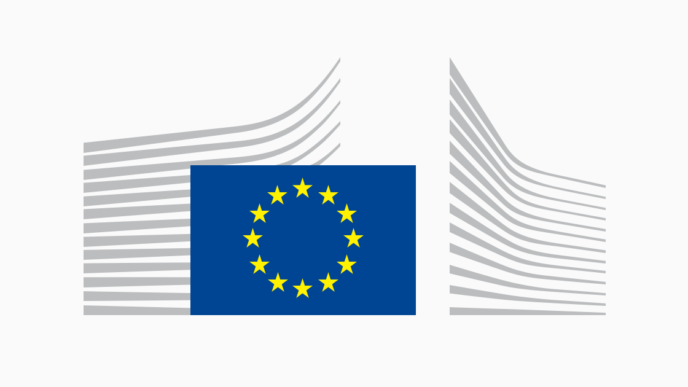The European Commission has published figures showing that the consulates of EU countries and Schengen associated countries received more than 11.7 million applications for short-stay visas in 2024. Bulgaria and Romania started issuing Schengen visas, instead of national ones, as of 31 March 2024.
This is a 13.6 % increase compared to 2023 (10.3 million) and a 56% increase compared to 2022 (7.5 million). However, it is still lower than the number of applications in 2019 (17 million) before the COVID-19 pandemic.
More than 9.7 million visas were issued in 2024 which is a 14.1% increase compared to 2023 (8.5 million) but still lower than in 2019 (15 million).
Countries with the highest number of visa applications to the EU and Schengen associated countries were:
- China: 1 779 255 in 2024 (1 117 365 in 2023)
- Türkiye: 1 173 917 (1 055 885 in 2023)
- India: 1 108 239 (966 687 in 2023)
- Morocco: 606 800 (591 401 in 2023)
- Russia: 606 594 (520 387 in 2023)
The percentage of visa applications that were refused worldwide slightly declined compared to 2023: 14.8% (in 2023 16% of all visa applications were refused, while in 2022 17.9%).
However, in 2024 the refusal rates presented variations and in certain countries differences compared to 2023, for example in Russia 7.5% (2024) vs 10.6% (2023), in Türkiye 14.5% (2024) vs 16.1% (2023), in Iran 26% (2024) vs 30.3% (2023), in Mauritania 32.5% (2024) vs 36.6% (2023), in Cape Verde 13.4% (2024) vs 24% (2023), in Syria 27% (2024) vs 46% (2023), in Nigeria 45.9% (2024) vs 40.8% (2023), in Ecuador 29.6% (2024) vs 24.4% (2023), in Senegal 46.8% (2024) vs 42.1% (2023), in Bangladesh 54.9% (2024) vs 43.3% (2023), in Congo (Brazzaville) 43% (2024) vs 35.3% (2023).
More than half of the 9.7 million visas issued in 2024 allowed for multiple entries into the Schengen area. In addition to the 9.7 million visas issued abroad, the Schengen countries also issued 85 119 uniform visas directly at the external borders.














